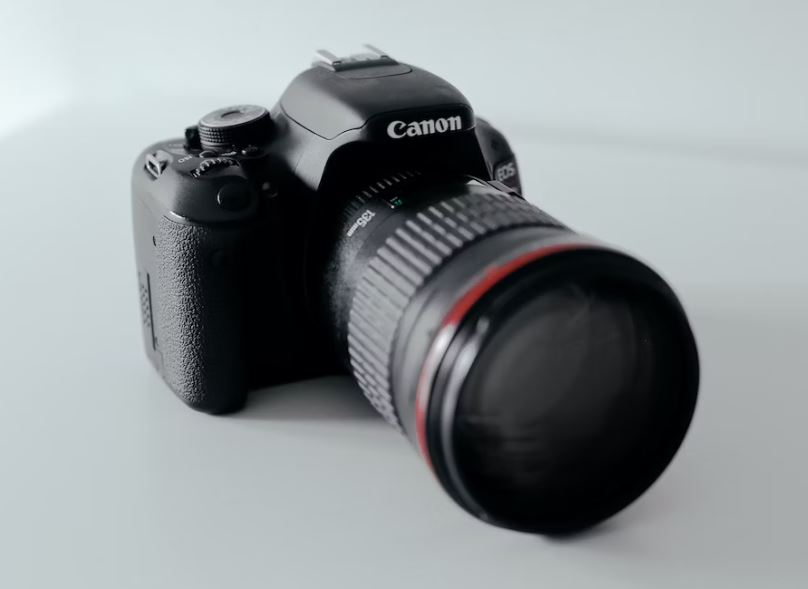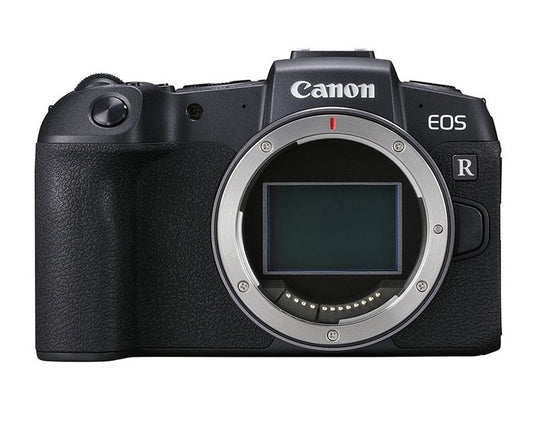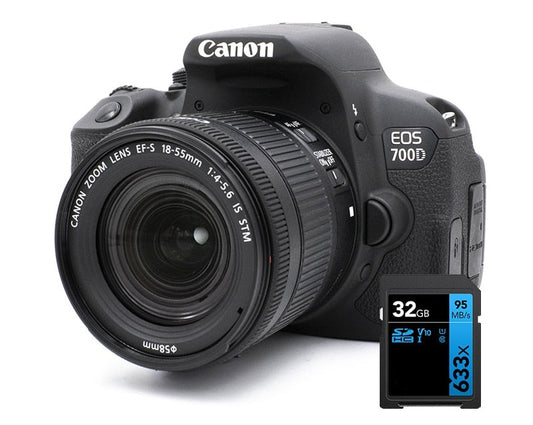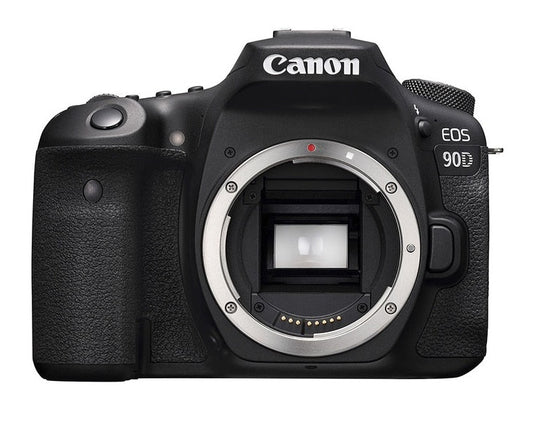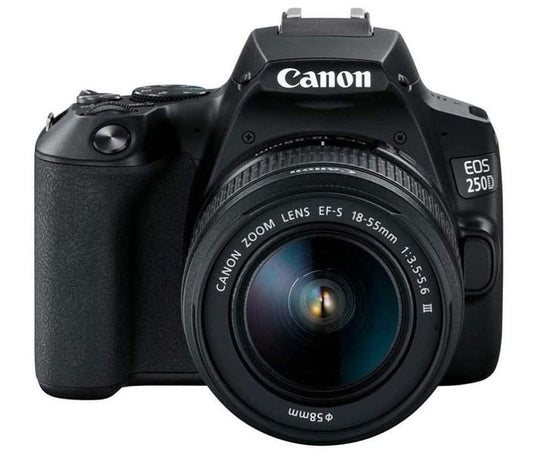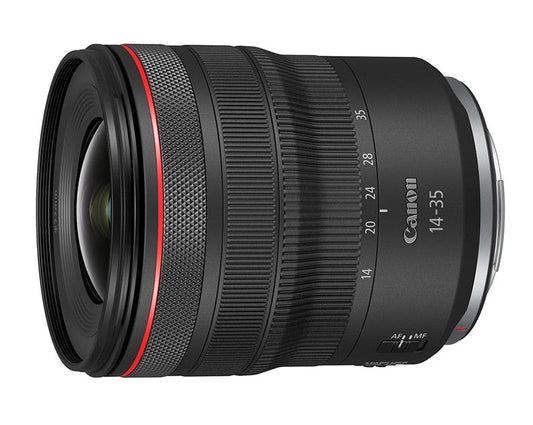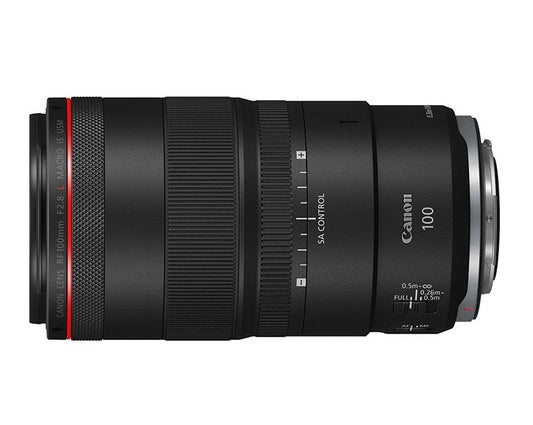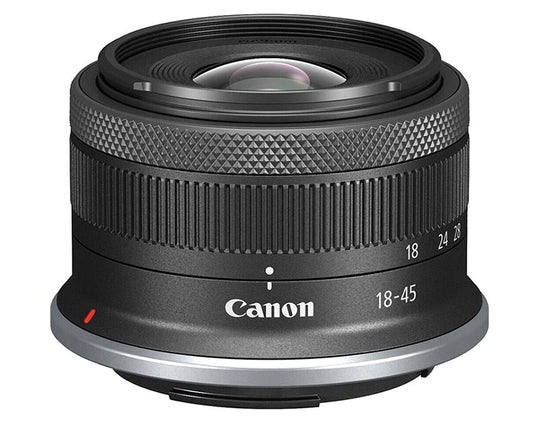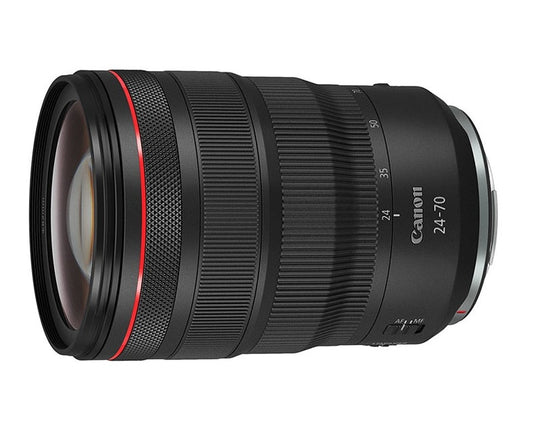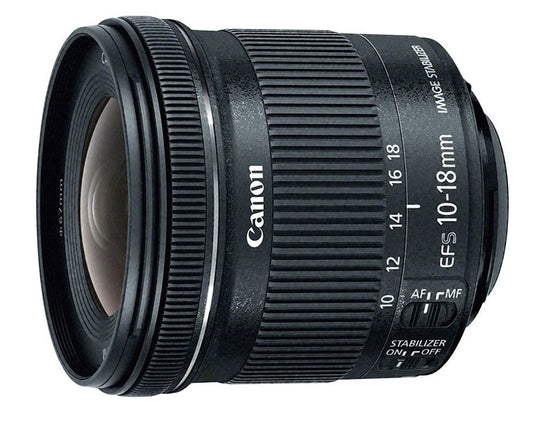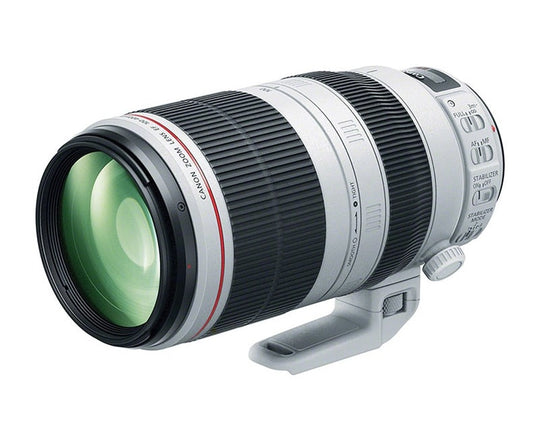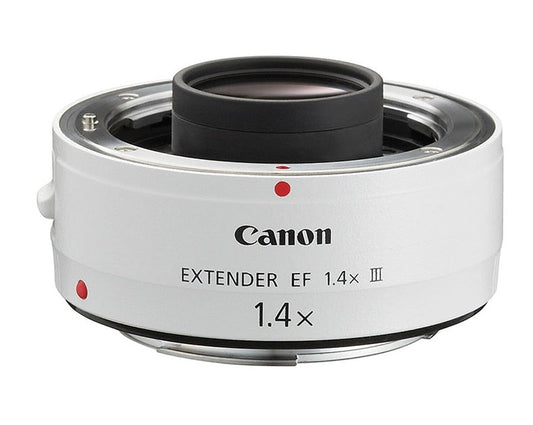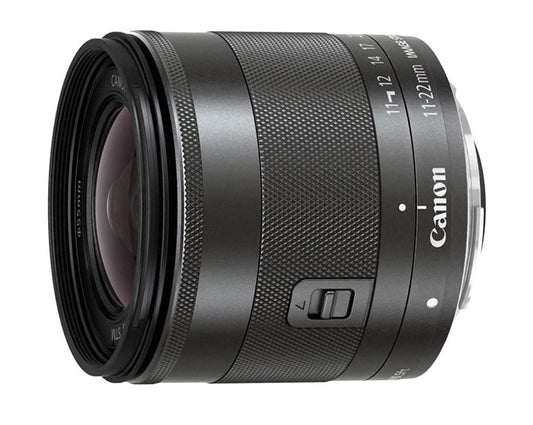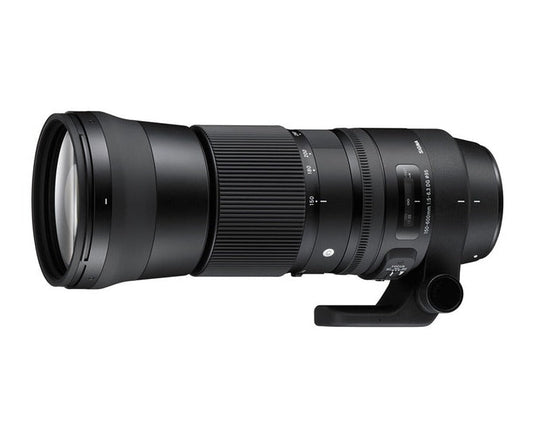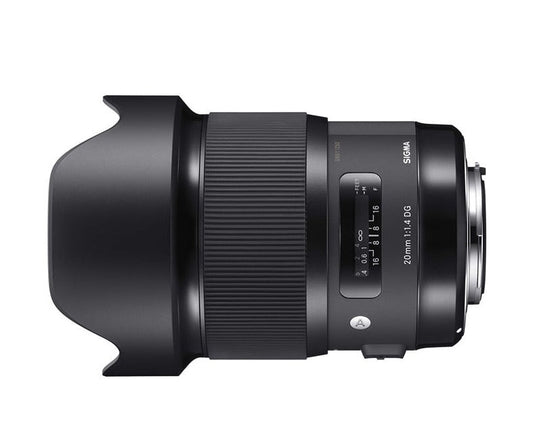Best Astrophotography Lens for Canon
Astrophotography is not just a mere capture of stars; it's about encapsulating the silent stories that the universe narrates every night. With the right lens, these celestial tales can be vividly narrated through your photographs. For Canon aficionados, there's a gamut of choices, especially with Sigma lending its exceptional expertise. Let's embark on a detailed journey through some of the best Canon-compatible lenses for astrophotography.
1. Sigma 14mm f/1.8 DG HSM Art Lens

When it comes to astrophotography, wide and fast are two primary criteria, and the Sigma 14mm f/1.8 DG HSM Art lens masters both. With its expansive 14mm focal length, photographers can embrace a significant portion of the night sky, making it perfect for capturing the broad sweep of the Milky Way or a meteor shower in its full glory. The f/1.8 aperture allows a tremendous amount of light to touch the sensor, ensuring that stars are bright, crisp, and free of motion blur. Moreover, Sigma's Art series is famed for its superior optical performance, and this lens is a testament to that reputation. The minimal distortion and chromatic aberration ensure that the stars at the edge of your frame are as pin-sharp as those at the center.
2. Canon EF 24mm f/1.4L II USM Lens

Canon's L series signifies a blend of luxury and professional-grade craftsmanship, and the EF 24mm f/1.4L II USM stands tall among its peers. This lens is more than just an astrophotography tool; it's an artist's dream. At 24mm, you're offered a sufficiently wide angle to frame expansive celestial landscapes. The super-wide f/1.4 aperture provides a shallow depth of field and incredible low-light performance. This means even in the darkest of places, where light pollution is minimal, this lens will gather enough light to reveal the hidden wonders of the night sky. Its advanced lens construction reduces flaring and ghosting, ensuring that every star shines without being overshadowed by unwanted light artifacts.
3. Sigma 20mm f/1.4 DG HSM Art Lens

Sigma's prowess in crafting spectacular lenses is evident in their 20mm f/1.4 Art lens. Bridging the gap between the super-wide 14mm and the standard 24mm, this lens offers an expansive view without feeling too overwhelming. The f/1.4 aperture, which is a rarity for such a wide lens, ensures astrophotographers have ample light, even in the most challenging conditions. This makes it ideal for capturing phenomena like star trails or the elusive Northern Lights. The lens's advanced optics ensures high-resolution, sharp images with minimized chromatic aberrations. Plus, the HSM (Hyper Sonic Motor) ensures quick and silent focusing, allowing photographers to quickly adjust and capture fleeting celestial moments.
4. Canon RF 16mm f/2.8 STM Lens

Astrophotographers often find themselves in remote locations, trekking to avoid light pollution. In such scenarios, the Canon RF 16mm f/2.8 STM becomes an invaluable ally, primarily due to its compact design and lightweight profile. But don't let its size fool you. This lens is a powerhouse when it comes to performance. At 16mm, it offers an expansive view of the heavens, perfect for capturing wide swaths of the Milky Way or dramatic meteor showers. The f/2.8 aperture, while not the widest on this list, still provides a commendable low-light performance. The STM motor ensures smooth, silent autofocus which is especially crucial during nighttime shoots. The lens also boasts minimal coma, ensuring stars appear as dots rather than tadpole-like shapes – a critical factor in astrophotography.
5. Sigma 14-24mm f/2.8 DG HSM Art Lens for Canon

Flexibility in the field can often be the difference between a good shot and a great one. The Sigma 14-24mm f/2.8 DG HSM Art lens offers this adaptability by providing a zoom range that's tailor-made for capturing celestial wonders. Whether you're framing a vast starry expanse at 14mm or zoning in on a specific constellation at 24mm, this lens has got you covered. The consistent f/2.8 aperture across the zoom range ensures that you're never starved for light, no matter the focal length. As with all Sigma Art lenses, expect sharp, high-resolution images, reduced chromatic aberrations, and an overall stellar (pun intended) performance. The weather-sealed construction means dew or a sudden drizzle won't dampen your nighttime escapades.
6. Canon EF 35mm f/1.4L II USM Lens

Diving deeper into Canon's esteemed L series, the EF 35mm f/1.4L II USM emerges as a versatile option for astrophotographers. While 35mm might not offer the sweeping landscapes of wider lenses, it provides a unique perspective, allowing for celestial compositions that include interesting foreground elements. Think silhouetted trees, ancient ruins, or tranquil lakes reflecting the starlit sky. The wide f/1.4 aperture is a blessing, letting in copious amounts of light and making it a formidable tool in low-light scenarios. The lens incorporates Canon's Blue Spectrum Refractive Optics, which dramatically reduces chromatic aberration and ensures each star and planet is rendered with utmost clarity.
7. Canon RF 24mm f/1.8 Macro IS STM Lens

The Canon RF 24mm f/1.8 Macro IS STM lens is a fascinating blend of wide-angle prowess with macro capabilities. For astrophotographers, the 24mm focal length offers a wide enough view to capture sprawling constellations or the glow of a distant galaxy. But what sets this lens apart is its f/1.8 aperture, which brings in a generous amount of light, proving invaluable when shooting in the dark. Its macro feature might seem unrelated to astrophotography, but for those looking to juxtapose the vastness of space with up-close details of Earthly elements, this lens is a gem. Imagine a shot with crisp, dew-laden grass in the foreground and a shimmering sky as the backdrop. The Image Stabilization (IS) ensures that even slight shakes won't rob your images of their clarity.
8. Canon EF 24mm f/1.4L II USM Lens

Belonging to Canon's prestigious L series, the EF 24mm f/1.4L II USM lens is a testament to optical brilliance. Its 24mm focal length strikes a balance, allowing photographers to include both the sky and interesting land elements for a balanced composition. The ultra-fast f/1.4 aperture is its shining star, capturing breathtakingly bright images of the night sky. Whether you're focusing on a particular constellation or the radiant bands of the Milky Way, this lens ensures each star shines with unparalleled clarity. Incorporating two high-precision aspherical elements and two UD glass elements, the lens significantly reduces aberrations and delivers sharp, high-resolution images across the frame. The water-resistant design means you can venture out for night shoots without a second thought about dew or a surprise drizzle.
9. Sigma 24mm f/1.4 DG HSM Art Lens for Canon

When it comes to combining impeccable sharpness with a fast aperture, Sigma’s 24mm f/1.4 DG HSM Art Lens truly shines. Perfectly suited for astrophotography, its 24mm focal length offers a wide field of view to capture the expansive night sky in all its glory. The f/1.4 aperture is a standout feature, allowing photographers to collect a significant amount of light. This is crucial for revealing the subtle nuances of nebulas, star clusters, and other celestial wonders. Crafted with Sigma's renowned Art line precision, this lens minimizes chromatic aberrations and ensures consistent sharpness across the entire image. Its rugged build can withstand the elements, making it a reliable companion for night-time outdoor adventures.
10. Sigma 18-35mm F1.8 DC HSM Art Lens for Canon

Breaking the mold of traditional zoom lenses, the Sigma 18-35mm F1.8 DC HSM Art Lens boasts a constant f/1.8 aperture throughout its zoom range. This lens is particularly useful for astrophotographers who wish to have flexibility in composing their celestial shots. At 18mm, photographers can achieve incredibly wide shots of the Milky Way arching over landscapes. Moving towards 35mm, one can focus on specific sky regions with greater detail. The fast f/1.8 aperture allows for crisp and vibrant shots, even in areas with significant light pollution. Designed for APS-C sensors, it ensures a clear and sharp image, corner to corner. With its versatile range and large aperture, this lens offers both breadth and depth in a single package.

In Conclusion: The Celestial Symphony Through a Lens
Astrophotography is a dance between Earth and the vast universe, a harmonious symphony that fuses art with science. Capturing this celestial ballet requires not just passion but also the right tools. As we've explored, certain lenses are uniquely designed to grasp the delicate light of distant stars, the vibrant colors of nebulae, and the mysterious allure of our Milky Way.
Choosing the right lens for astrophotography can truly elevate your experience from a mere hobbyist to a cosmic storyteller. Whether it's the sharpness of Sigma's Art lenses or the impeccable design of Canon's offerings, each lens has its own narrative to add to your celestial tale. With the right lens, the universe is not just a distant vastness; it becomes an intimate masterpiece, waiting to be captured and shared.
So, as you venture out under the blanket of stars, remember that each click of your camera is a sonnet to the universe. With the cosmos as your canvas and your lens as the brush, paint the night with stars. The universe is waiting.
More Best Lenses for Astrophotography Topics:
- Best Lenses for Astrophotography
- Best Lens for Astrophotography Nikon
- Best Lens for Astrophotography Sony A7III
- Best Lens for Astrophotography Fujifilm
More Camera Topics:
- When Was the Camera Invented?
- Who Invented The Camera?
- What is ISO in Photography
- Best Planetary and Lunar Cameras
- Astronomy Camera Color or Mono
- Mirrorless Camera vs DSLR
- Canon M50 Review
- Nikon D5600 Review
- Canon EOS R6 Review
- Best Camera for Astrophotography
- Astrophotography Camera Settings

